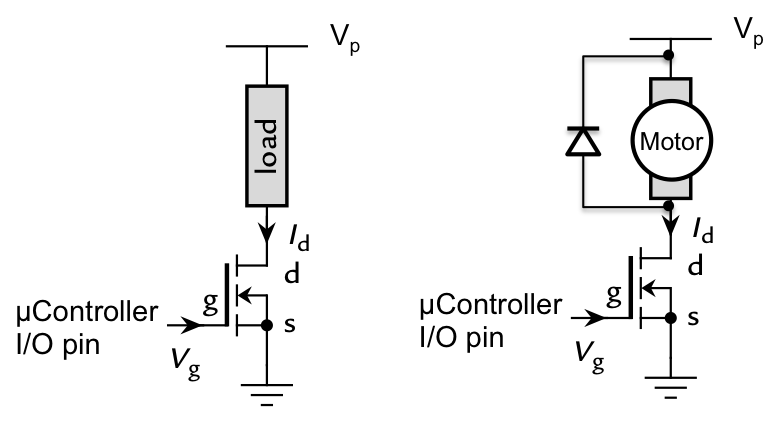Hi all,
Again a small IoT device showing clearly all the power of ESP8266 chip and B4A.
It's just a MQ-3 gaz sensor UDP connected to my Android.
A little calibration, a nice gauge and that's it
See it in action !
and remember... BoM is less than 20$
[updated 05/12/2015] I have just received Pcbs from seeedstudio
The result is really good for a very cheap price.

Again a small IoT device showing clearly all the power of ESP8266 chip and B4A.
It's just a MQ-3 gaz sensor UDP connected to my Android.
A little calibration, a nice gauge and that's it
See it in action !
and remember... BoM is less than 20$
[updated 05/12/2015] I have just received Pcbs from seeedstudio
The result is really good for a very cheap price.
Attachments
Last edited:


